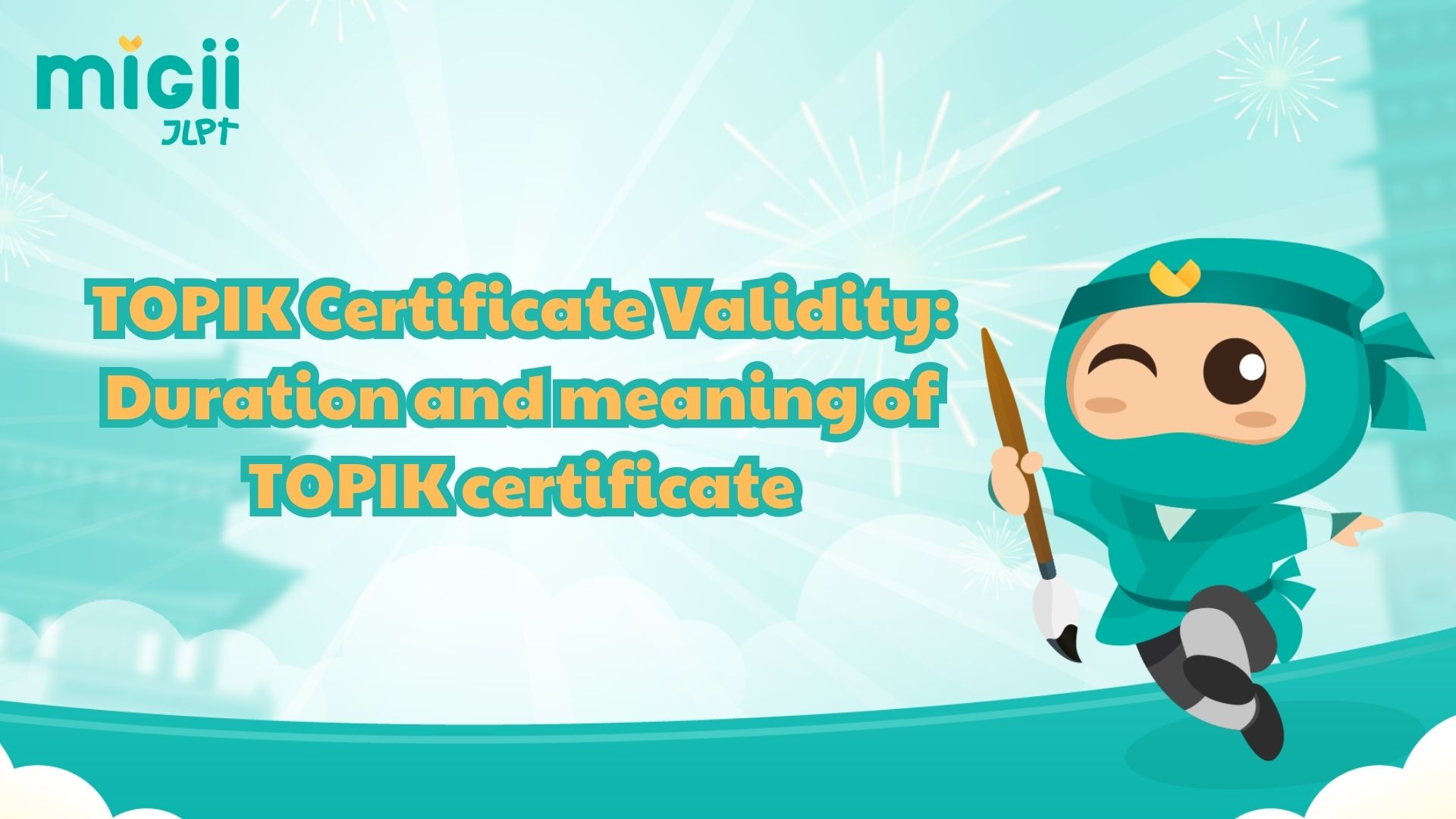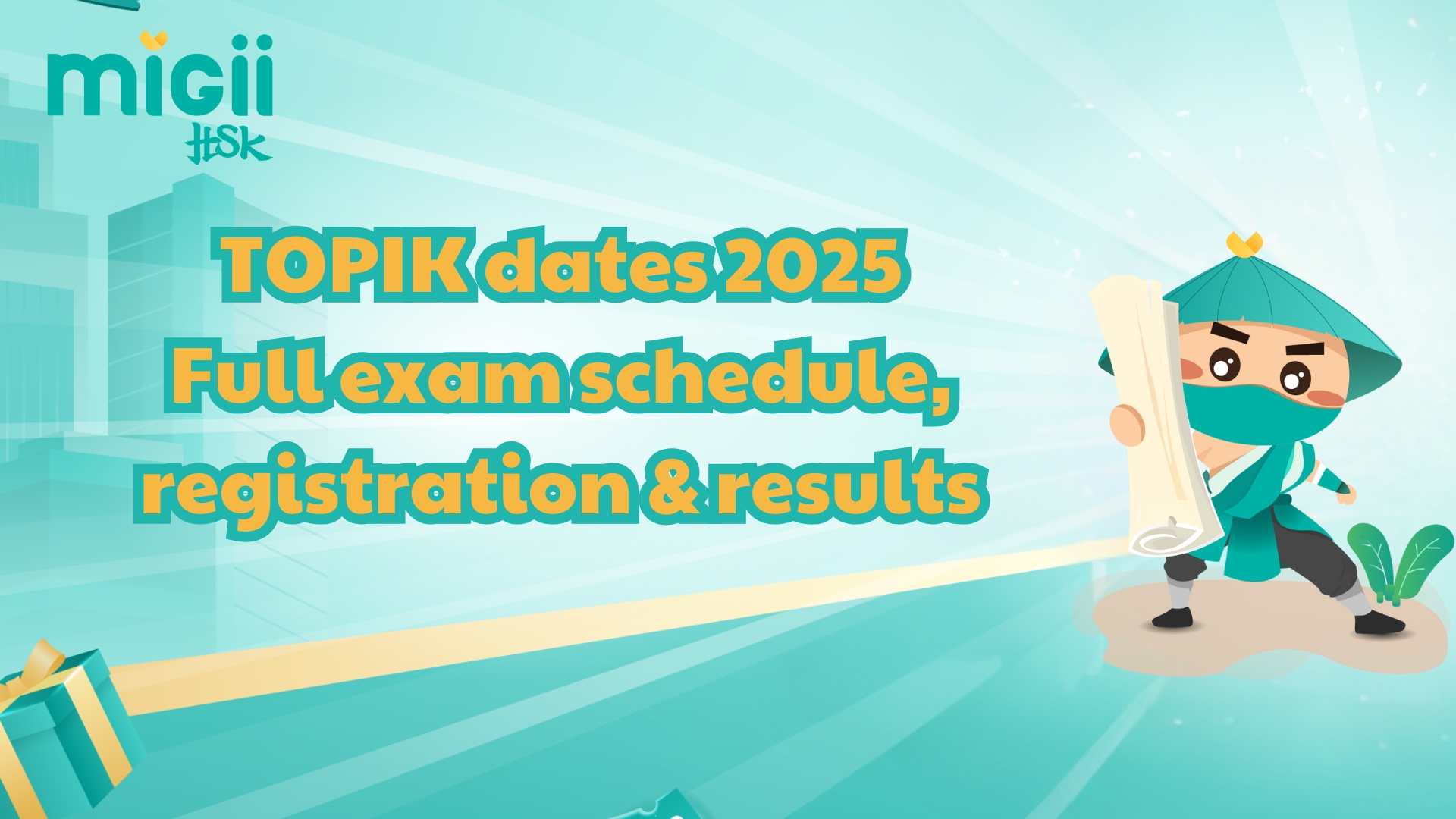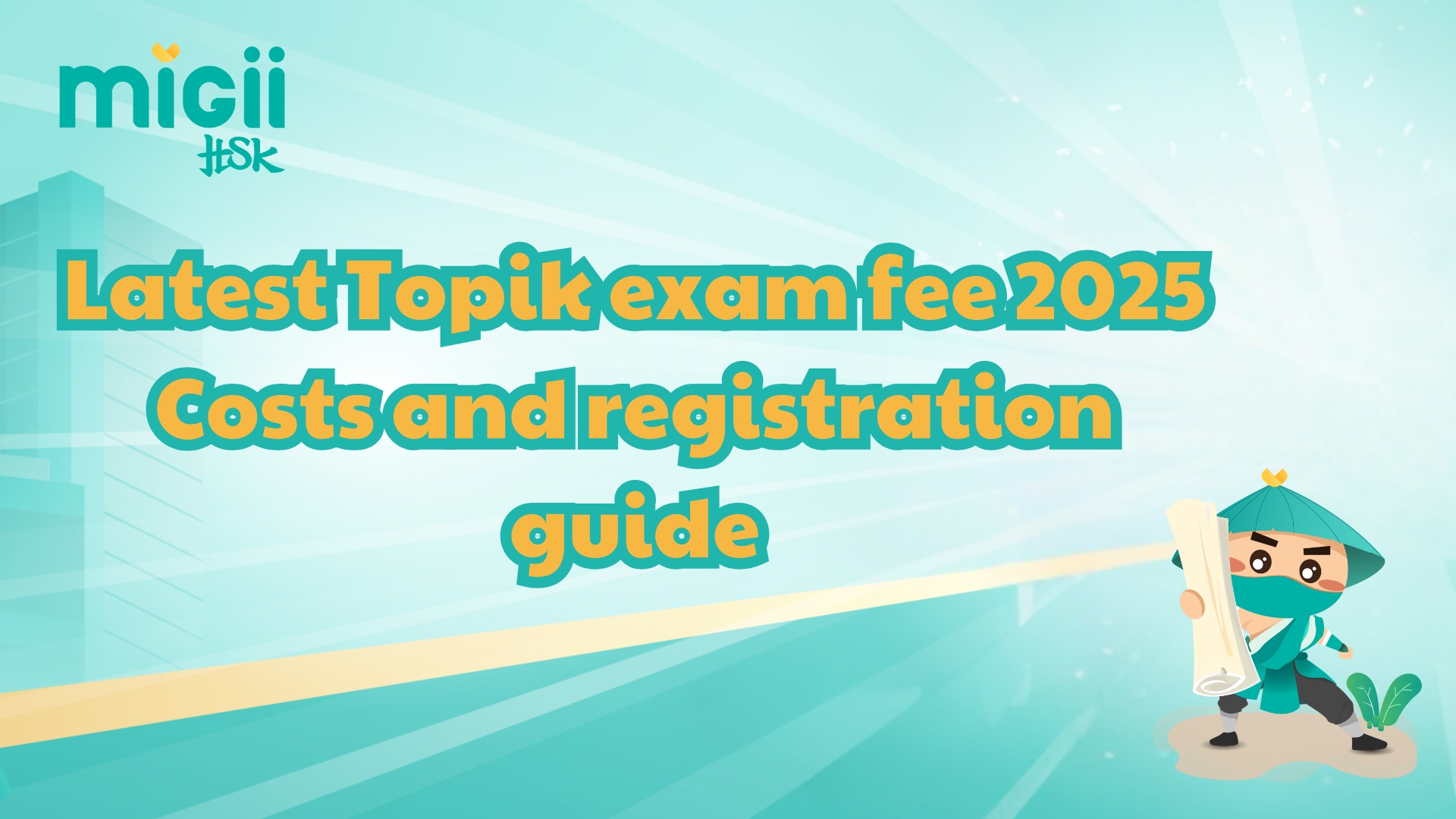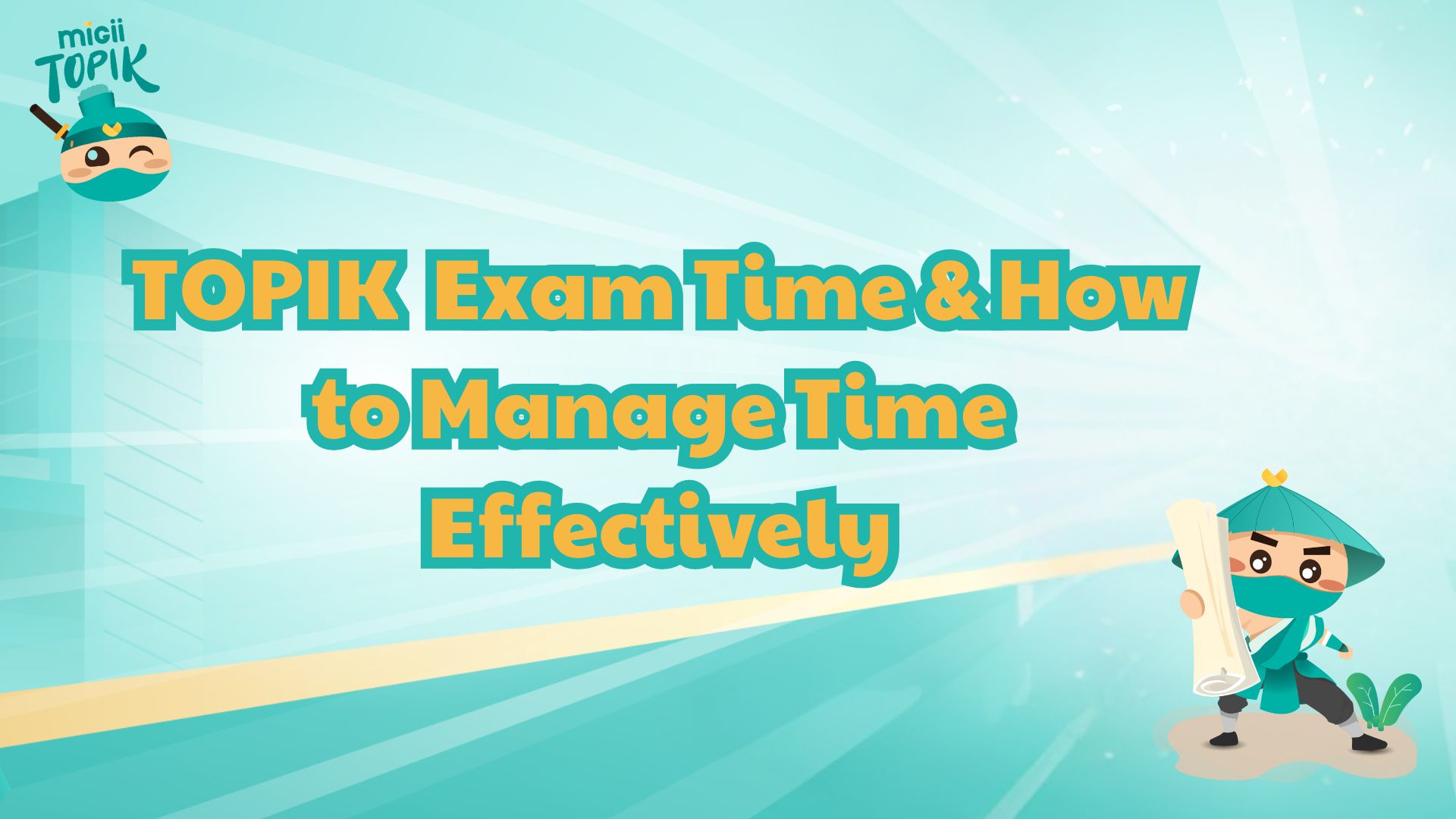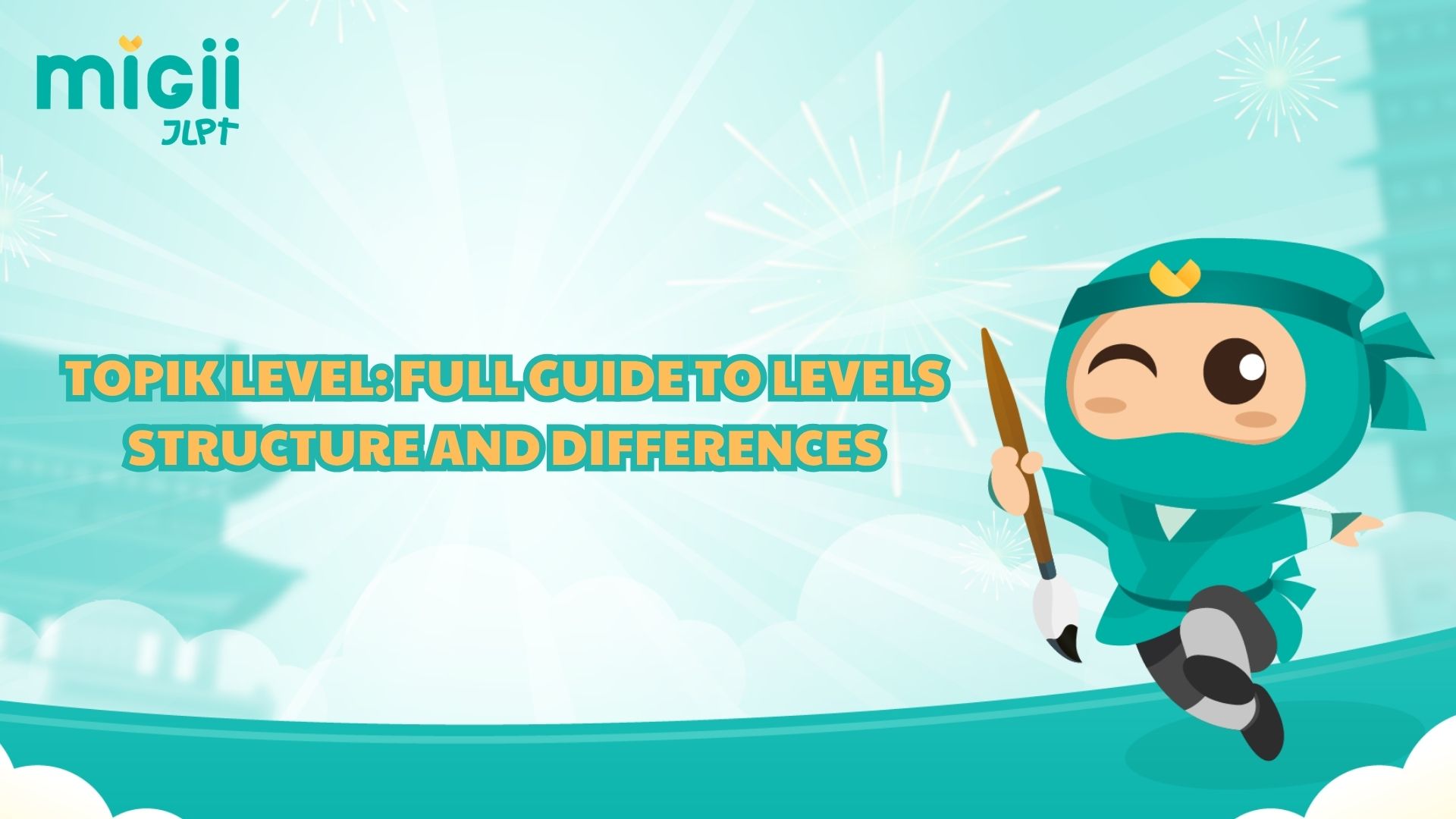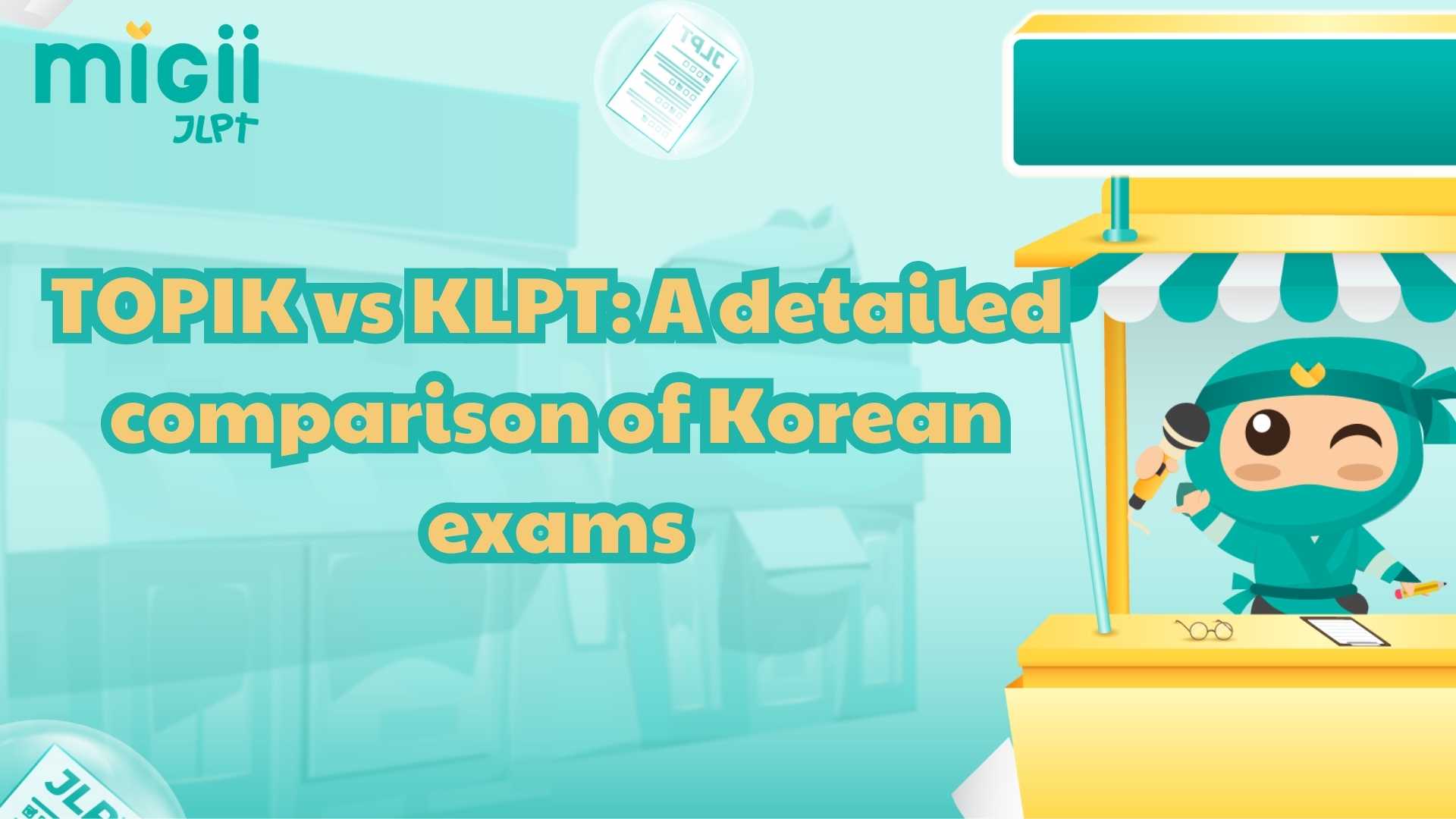JLPT levels are the official ranking system used in the Japanese Language Proficiency Test (JLPT), ranging from N5 (beginner) to N1 (advanced). Each level measures your Japanese reading and listening skills. Read on to discover which JLPT level fits your goals and how to prepare effectively.
Know more about exam tips here!
Overview of All JLPT Levels (N5 to N1)
The Japanese Language Proficiency Test (JLPT) has five levels, from N5 (easiest) to N1 (most advanced). Each JLPT level evaluates your reading and listening comprehension, vocabulary, kanji knowledge, and grammar understanding. Here's a quick breakdown:
|
Level |
Proficiency |
Target Learners |
|
N5 |
Basic phrases & kana |
Absolute beginners, casual learners |
|
N4 |
Simple conversations |
Learners with basic classroom/self-study |
|
N3 |
Everyday usage |
Intermediate learners, anime/drama watchers |
|
N2 |
Complex texts & talk |
Students, professionals in Japan |
|
N1 |
Near-native fluency |
Translators, researchers, academic professionals |
What Does Each JLPT Level Mean?
Each JLPT level isn't just a score — it's a reflection of what you can do with Japanese in everyday life, study, and work. Below is a clear comparison of the practical meaning of each level:
|
JLPT Level |
Language Ability |
Real-Life Applications |
|
N5 |
Understand basic greetings, simple sentences, kana + ~100 kanji |
Traveling to Japan, learning as a hobby |
|
N4 |
Handle basic daily conversations, read short texts (~300 kanji) |
Casual conversations, part-time jobs, basic study abroad |
|
N3 |
Understand everyday Japanese at natural speed, read emails/news headlines |
Watching shows, working in Japanese-speaking environments |
|
N2 |
Comprehend newspapers, meetings, academic content (~1000 kanji) |
Applying for university or full-time jobs in Japan |
|
N1 |
Understand abstract writing, formal debates, professional-level texts |
Translation, interpretation, graduate-level study |
In short
- N5–N4: Basic foundations for communication and survival in Japanese.
- N3: Practical understanding with limited fluency.
- N2–N1: Academic or professional-level command of the language.
How Many Kanji per JLPT Level?
Each JLPT level requires knowledge of a certain number of kanji characters, ranging from basic daily-use symbols to complex academic terms. While the JLPT does not publish an official kanji list, years of analysis from past exams and textbooks give us solid estimates:
|
JLPT Level |
Estimated Kanji Count |
What It Covers |
|
N5 |
~100 kanji |
Numbers, days of the week, basic nouns & verbs |
|
N4 |
~300 kanji |
Daily life vocabulary, simple verbs, directions, time expressions |
|
N3 |
~650 kanji |
More verbs, adjectives, newspaper headlines, social topics |
|
N2 |
~1000 kanji |
Business, academic vocabulary, formal expressions |
|
N1 |
~2000+ kanji |
Advanced kanji, idiomatic phrases, legal/technical/academic terms |
What This Means for You
- N5–N4: If you’re just starting out, focus on high-frequency kanji from JLPT word lists and beginner textbooks like Minna no Nihongo or Genki.
- N3: You’ll start to see compound kanji and more nuanced usage in grammar.
- N2–N1: Mastery of on-yomi & kun-yomi, context-based readings, and rare kanji becomes essential.
Know more about JLPT materials here!
JLPT Levels and Skill Requirements
The JLPT (Japanese Language Proficiency Test) evaluates your Japanese ability through three main skill areas:
- Language Knowledge (Vocabulary & Grammar)
- Reading Comprehension
- Listening Comprehension
The test does not include speaking or writing, and the difficulty level increases gradually from N5 (easiest) to N1 (hardest).
What Skills Does JLPT Test?
|
Skill Area |
What’s Tested |
|
Language Knowledge |
Understanding of vocabulary, kanji, and grammatical patterns |
|
Reading |
Ability to understand texts: instructions, emails, articles, essays |
|
Listening |
Ability to follow conversations, announcements, explanations in spoken Japanese |
Each level includes all three areas, but the complexity and context vary greatly.
Skill Breakdown by JLPT Level
|
JLPT Level |
Language Knowledge |
Reading |
Listening |
|
N5 |
~100 kanji, basic grammar, particles, daily expressions |
Read short, simple sentences in kana and basic kanji |
Understand slow, clearly spoken phrases in familiar contexts |
|
N4 |
~300 kanji, beginner grammar patterns, daily vocabulary |
Read simple passages about daily life and routine activities |
Follow conversations in daily situations spoken at a slow pace |
|
N3 |
~650 kanji, intermediate grammar, varied vocabulary |
Understand longer passages on general and social topics |
Comprehend conversations at near-natural speed, catch key points |
|
N2 |
~1000 kanji, business & academic vocabulary, complex grammar |
Read news articles, manuals, and logical essays |
Follow extended speech in work/study settings, distinguish facts/opinions |
|
N1 |
~2000+ kanji, idioms, keigo, advanced sentence structures |
Read abstract, technical, and academic texts with nuanced argumentation |
Understand fast, nuanced conversations, lectures, debates, and news broadcasts |
JLPT Test Structure by Level
|
Level |
Language Knowledge + Reading |
Listening |
Total Time |
|
N5 |
~50 min |
~30 min |
~105 min |
|
N4 |
~60 min |
~35 min |
~115 min |
|
N3 |
~70 min |
~40 min |
~140 min |
|
N2 |
~105 min |
~50 min |
~155 min |
|
N1 |
~110 min |
~60 min |
~170 min |
Note: From N3 upward, Language Knowledge and Reading are combined into one section, reflecting how these skills interact in real life.
Difficulty Comparison: Which JLPT Level Is Hardest?
The difficulty of JLPT varies greatly from N5 to N1. While each level builds upon the previous one, the jump in complexity is not linear — especially from N3 to N2 and N2 to N1. Let’s compare the difficulty across levels and what it takes to pass each one.
|
JLPT Level |
Kanji Required |
Reading Speed |
Listening Speed |
Pass Rate (Avg) |
Study Time (Estimate) |
|
N5 |
~100 |
Short, simple sentences |
Slow, clear conversations |
~50–55% |
~150–300 hours |
|
N4 |
~300 |
Paragraphs about daily life |
Slow-medium conversations |
~35–40% |
~300–450 hours |
|
N3 |
~650 |
Longer, semi-formal texts |
Natural speed, basic nuance |
~40–45% |
~450–600 hours |
|
N2 |
~1000 |
News, essays, manuals |
Fast, formal conversations |
~30–35% |
~600–1000 hours |
|
N1 |
~2000+ |
Abstract, academic content |
Very fast, nuanced speech |
~25–30% |
~1000–1700+ hours (or more) |
Note: Pass rates and study time are approximate and vary by individual background, exposure to Japanese, and study methods.
Why N2 and N1 Are Considered the Hardest
N2 is often the “barrier level” for jobs and university admission in Japan. It requires strong comprehension across topics like business, culture, and news. Many learners struggle to bridge from N3 to N2.
N1 demands near-native comprehension. It includes:
- Ambiguous/implicit phrasing
- Advanced grammar rarely seen in textbooks
- Keigo (honorific language) and academic-style writing
- Long listening sections with multi-speaker discussions
JLPT Equivalents: How JLPT Levels Compare to CEFR/Other Tests
While the JLPT is Japan’s most widely recognized language test, many learners wonder how JLPT levels compare to international standards like CEFR (Common European Framework of Reference for Languages) or tests like J-Test and NAT-Test.
Although there's no official one-to-one conversion, experts and institutions have developed approximate equivalencies based on skill requirements and practical usage.
JLPT vs. CEFR (Common European Framework)
|
JLPT Level |
Approx. CEFR Equivalent |
Explanation |
|
N5 |
A1 (Beginner) |
Can understand and use basic everyday expressions |
|
N4 |
A2 (Elementary) |
Can handle simple tasks involving direct exchange of information |
|
N3 |
B1 (Lower-Intermediate) |
Can deal with everyday situations, read straightforward texts |
|
N2 |
B2 (Upper-Intermediate) |
Can understand complex texts, interact fluently in most situations |
|
N1 |
C1 (Advanced) to C2 (Proficient) |
Can comprehend demanding materials and express ideas fluently and precisely |
Note: CEFR includes writing and speaking, while JLPT does not, so equivalency should be viewed as partial and skill-specific.
JLPT vs. J-Test / NAT-Test
|
JLPT Level |
J-Test Equivalent |
NAT-Test Level |
|
N5 |
F-G |
Level 5 |
|
N4 |
E |
Level 4 |
|
N3 |
D |
Level 3 |
|
N2 |
C |
Level 2 |
|
N1 |
A–B |
Level 1 |
J-Test and NAT-Test include writing and speaking, and are more flexible for scheduling (multiple sessions per year).
Key Takeaways
- JLPT is not directly equivalent to CEFR or other tests, but you can use rough comparisons to assess your level.
- JLPT does not test speaking or writing, so if those skills are your strength, the CEFR or J-Test might better represent your ability.
- JLPT remains the most accepted proof of Japanese proficiency for work, study, and immigration purposes in Japan.
FAQ about JLPT Level
What are JLPT test levels?
JLPT test levels refer to the five official levels of the Japanese Language Proficiency Test: N5, N4, N3, N2, and N1. These levels measure your ability to understand Japanese through reading, grammar, vocabulary, kanji, and listening.
Know more about the JLPT test here!
How many JLPT levels are there?
There are five JLPT levels in total. Each level increases in difficulty from N5 (beginner) to N1 (advanced), assessing your overall Japanese proficiency.
What is JLPT level 2?
JLPT Level 2 is the same as JLPT N2, which indicates an upper-intermediate level of Japanese. It allows you to understand news articles, work emails, and formal speech.
What does JLPT level 1 mean?
JLPT Level 1, or N1, is the highest level of the JLPT exam. It proves near-native proficiency in reading and listening, including abstract and academic texts.
What JLPT level is fluent?
Most consider JLPT N1 the level of fluency, as it requires understanding complex materials and natural speech. Some practical fluency can also be reached at JLPT N2.
Is JLPT N1 fluent?
Yes. JLPT N1 is widely accepted as the fluency level in Japanese, especially for academic and professional purposes.
What is JLPT N5 meaning and what can you do with JLPT N5?
JLPT N5 meaning: the most basic level of Japanese proficiency.
With JLPT N5, you can:
- Read hiragana, katakana, and ~100 kanji
- Communicate in basic situations (shopping, greetings)
- Travel in Japan with basic understanding
Can you skip JLPT levels?
Yes. You can skip JLPT levels and directly take N3, N2, or N1 if you feel ready. You are not required to take the exam in order.
What is JLPT N3 difficulty compared to N2?
JLPT N3 is a transition level, while JLPT N2 requires a big jump in comprehension. Many learners consider JLPT N2 vs N3 the most significant difficulty leap
Is JLPT N5 easy or hard?
JLPT N5 is the easiest level, but still requires structured study of grammar, vocabulary, and ~100 kanji. Some find it hard without basic practice.
Conclusion
Whether you’re just starting out or aiming for fluency, understanding the right JLPT level is essential to setting clear study goals and tracking your progress effectively. Each level reflects your real-world Japanese ability — from basic daily communication to advanced academic comprehension. Ready to take the next step? Start practicing with Migii JLPT, the all-in-one platform for mock exams, vocabulary drills, and level-based learning paths tailored to every JLPT level.
